Home>Furniture>Outdoor Furniture>How Deep To Dig For Patio Pavers
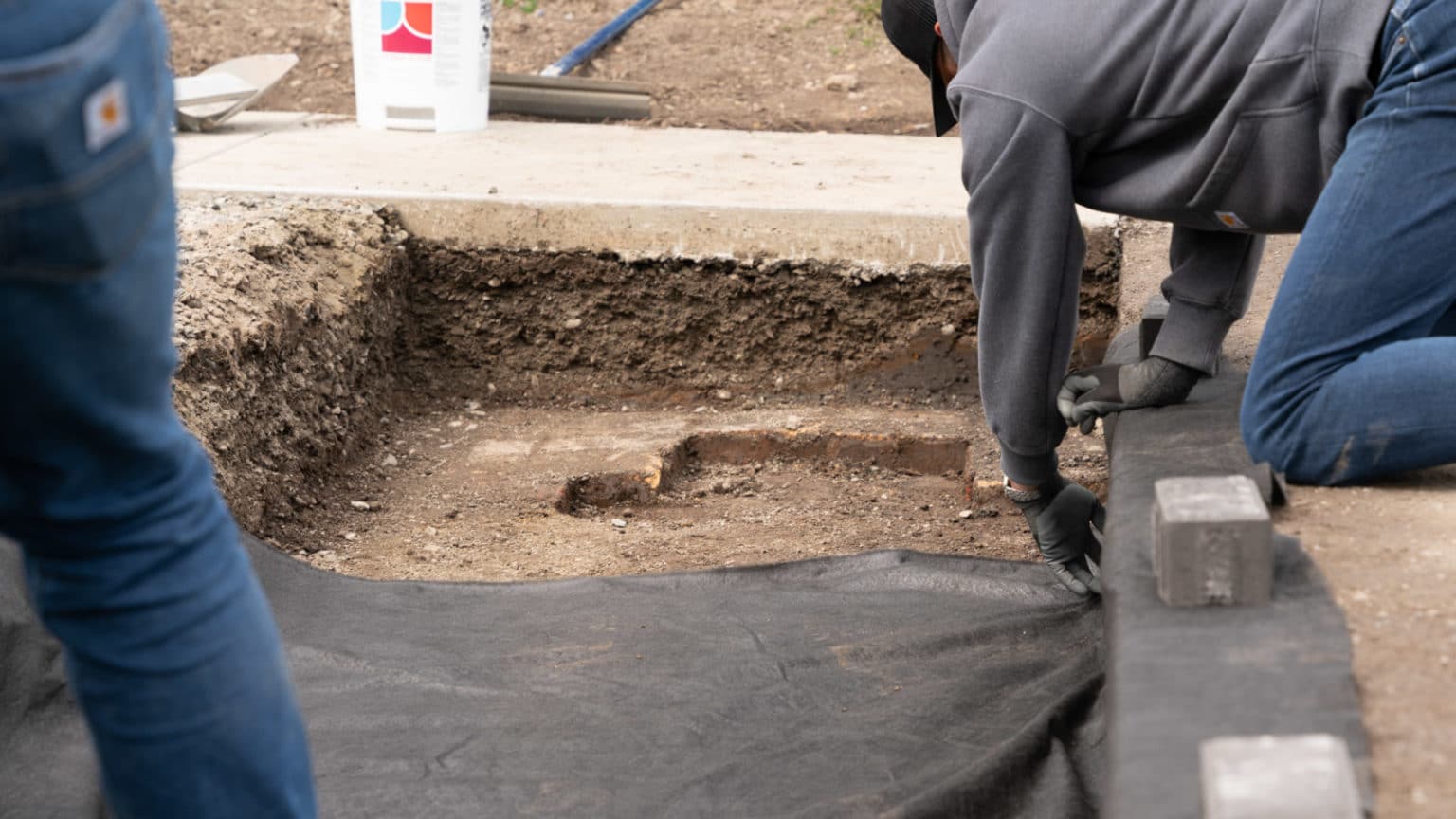

Outdoor Furniture
How Deep To Dig For Patio Pavers
Modified: March 7, 2024
Learn the optimal depth for digging when installing patio pavers to ensure stability and longevity. Create a durable outdoor living space with the right depth for your outdoor-furniture.
(Many of the links in this article redirect to a specific reviewed product. Your purchase of these products through affiliate links helps to generate commission for Storables.com, at no extra cost. Learn more)
Introduction
Welcome to the world of outdoor living! If you’re looking to create an inviting and functional patio space, one of the essential steps is to dig the right depth for your patio pavers. The depth at which you dig will directly impact the stability, durability, and longevity of your patio, making it a crucial aspect to consider. In this article, we will explore the factors to consider before digging and the steps to determine the ideal depth for your patio pavers.
Creating a patio not only adds value to your property but also provides a perfect spot for relaxation, entertainment, and enjoying the great outdoors. Whether you’re planning to install brick, concrete, or stone pavers, getting the depth right is key to a successful project. Let’s dive into the factors you should consider before you start digging.
Key Takeaways:
- Digging the right depth for patio pavers is crucial for a stable and long-lasting outdoor space. Consider factors like purpose, climate, and local regulations to determine the ideal depth.
- To dig the perfect depth for patio pavers, consult manufacturer guidelines, consider base and sand layers, and accommodate for slope and drainage. Use the right tools and follow a step-by-step process for a successful excavation.
Read more: How Deep To Dig A Fire Pit
Factors to Consider Before Digging
Before you grab your shovel and start digging, there are a few important factors to take into account:
- Purpose: Determine the main purpose of your patio. Will you use it for dining, lounging, or entertaining? Understanding how you plan to use the space will help you determine the appropriate depth for your patio pavers.
- Climate: Consider your climate conditions. If you experience extreme freeze-thaw cycles, you’ll need to dig deeper to prevent heaving and cracking. In areas with mild climates, a shallower depth may be sufficient.
- Local Codes and Regulations: Check with your local building department to ensure compliance with any regulations or codes that pertain to patio construction. They may have specific requirements for the depth of your patio pavers.
- Budget: Determine your budget for the project. Digging deeper will require more materials, such as base rock and sand, so consider the cost implications when deciding on the depth.
By considering these factors beforehand, you’ll be better equipped to determine the ideal depth for your patio pavers. Let’s explore how to go about finding the perfect depth for your project.
Key Takeaways:
- Digging the right depth for patio pavers is crucial for a stable and long-lasting outdoor space. Consider factors like purpose, climate, and local regulations to determine the ideal depth.
- To dig the perfect depth for patio pavers, consult manufacturer guidelines, consider base and sand layers, and accommodate for slope and drainage. Use the right tools and follow a step-by-step process for a successful excavation.
Read more: How Deep To Dig A Fire Pit
Factors to Consider Before Digging
Before you grab your shovel and start digging, there are a few important factors to take into account:
- Purpose: Determine the main purpose of your patio. Will you use it for dining, lounging, or entertaining? Understanding how you plan to use the space will help you determine the appropriate depth for your patio pavers.
- Climate: Consider your climate conditions. If you experience extreme freeze-thaw cycles, you’ll need to dig deeper to prevent heaving and cracking. In areas with mild climates, a shallower depth may be sufficient.
- Local Codes and Regulations: Check with your local building department to ensure compliance with any regulations or codes that pertain to patio construction. They may have specific requirements for the depth of your patio pavers.
- Budget: Determine your budget for the project. Digging deeper will require more materials, such as base rock and sand, so consider the cost implications when deciding on the depth.
By considering these factors beforehand, you’ll be better equipped to determine the ideal depth for your patio pavers. Let’s explore how to go about finding the perfect depth for your project.
Determining the Ideal Depth
Now that you’ve considered the important factors, it’s time to determine the ideal depth for your patio pavers. The depth will depend on several factors, including the type of pavers you’re using and the intended use of the patio. Follow these steps to find the perfect depth:
- Consult the Manufacturer: Check the manufacturer’s guidelines or recommendations for the specific type of pavers you plan to use. They may provide information on the recommended depth for installation.
- Consider Base Layers: The depth of the base layers beneath the pavers should also be taken into account. Typically, a compacted base layer of gravel or crushed stone is necessary to provide stability and prevent shifting. The depth of this layer will vary depending on the type and size of the pavers.
- Account for Sand Layer: In addition to the base layer, a layer of sand is typically placed on top to provide a level surface for the pavers. The depth of the sand layer should be considered when determining the overall depth.
- Accommodate for Slope and Drainage: If you’re planning a patio with a slope for proper water drainage, the depth will vary based on the degree of the slope. Ensure that the depth accounts for both the slope and the necessary drainage requirements.
It’s important to note that these steps provide a general guideline, but it’s always recommended to consult with a professional or experienced contractor for specific advice based on your unique project requirements.
Next, let’s discuss the importance of considering soil conditions and drainage when digging for patio pavers.
When digging for patio pavers, aim for a depth of 6-8 inches for the base material, like gravel and sand, plus the thickness of the pavers. This will provide a stable foundation for your patio.
Soil Conditions and Drainage
When it comes to digging the ideal depth for your patio pavers, it’s crucial to consider the soil conditions and drainage of your site. These factors will play a significant role in the overall stability and longevity of your patio.
Soil Conditions: The type and quality of soil on your property will determine how well it can support the weight of the patio pavers. It’s important to assess the soil conditions to ensure proper compaction and stability. Sandy or loamy soils tend to drain well and require less depth, while clay soils may require additional depth and better drainage to avoid erosion and shifting.
Drainage: Proper drainage is essential to prevent water from pooling or seeping into the foundation of your patio. When digging the depth, consider incorporating a slope or ensuring there are proper drainage channels to direct water away from the patio area. This will help prevent water damage and prolong the lifespan of your patio pavers.
If you’re unsure about the soil conditions or the drainage requirements of your site, it’s advisable to consult with a professional engineer or landscaper. They can conduct soil tests and determine the appropriate depth and drainage solutions for your specific location.
Now that we’ve covered the important factors to consider and the significance of soil conditions and drainage, let’s explore the required tools for digging your patio pavers.
Read more: How Deep To Dig For Fence Post
Required Tools for Digging
Before you start digging for your patio pavers, it’s essential to have the right tools on hand. These tools will help you efficiently and effectively excavate the desired depth for your patio. Here are the key tools you’ll need:
- Shovel: A sturdy, well-constructed shovel is a must-have for any digging project. Look for a shovel with a sharp edge that can easily cut through soil and roots.
- Spade: A spade can be helpful for cutting clean edges and shaping the excavated area. It’s especially useful if you’re planning a specific design or pattern for your patio.
- Trenching Shovel: A trenching shovel has a long, narrow blade that is ideal for digging narrow and deep trenches. It’s useful for creating a consistent and uniform depth throughout the excavation process.
- Wheelbarrow or Dump Cart: As you dig, you’ll need a way to transport the excavated soil and debris away from the site. A wheelbarrow or dump cart will make this task much easier and save you from multiple trips.
- Tape Measure and Level: Accurate measurements are crucial to ensure the appropriate depth and maintain a leveled surface. Keep a tape measure and a level handy to check the depth and ensure consistency throughout the excavation.
- Mallet or Hammer: A mallet or hammer can be useful for adjusting and tapping down pavers, especially during the installation process. It helps achieve a flat and even surface.
- Protective Gear: Lastly, don’t forget to prioritize safety. Wear protective gear such as gloves, safety goggles, and sturdy footwear to protect yourself while digging and handling tools.
By having these tools readily available, you’ll be well-equipped to dig the ideal depth for your patio pavers. Now, let’s move on to the step-by-step process of digging for patio pavers.
Steps to Digging for Patio Pavers
Now that you have your tools ready, it’s time to dig the perfect depth for your patio pavers. Follow these step-by-step instructions to ensure a successful excavation process:
- Mark the Area: Start by marking the outline of your patio using stakes and string. This will serve as a guide for digging and help you maintain a consistent shape.
- Clear the Area: Remove any existing vegetation, rocks, or debris from the marked area. This will ensure a clean and even surface for your patio.
- Dig the Initial Depth: Begin by digging the initial depth. This depth will vary depending on the type of pavers, the base layers, and any additional requirements. Use a shovel or trenching shovel to excavate the soil and create a uniform depth throughout the area.
- Check for Level: Use a tape measure and level to ensure the excavated depth is consistent and level. Adjust the depth as needed to achieve the desired result.
- Excavate Additional Depth: If necessary, continue digging to accommodate the base layers and any desired slope for proper drainage. Be sure to refer to manufacturer guidelines and local codes when determining the total depth.
- Smooth and Compact the Base: Once you’ve reached the desired depth, smooth out the excavated area and remove any loose soil or debris. Use a compactor or tamper to compact the soil and create a stable base.
- Add the Base and Sand Layers: Install the required base layers, such as gravel or crushed stone, and compact them thoroughly. Then, add the sand layer and use a screed board or rake to create a smooth and level surface for laying the pavers.
- Continue with the Paver Installation: With the excavated area prepared and the base layers in place, you can now proceed with installing your patio pavers according to the manufacturer’s instructions.
- Secure and Finish the Patio: Once all the pavers are in place, use a rubber mallet or hammer to secure them and ensure they are level and evenly spaced. Finish off your patio by sweeping sand or polymeric jointing sand into the gaps between the pavers to lock them in place.
Following these steps will guide you through the process of digging the ideal depth for your patio pavers. It’s important to take your time, maintain accuracy, and consult professional advice when needed. Now, let’s summarize what we’ve discussed.
Conclusion
Digging the proper depth for your patio pavers is a critical step in creating a durable and long-lasting outdoor space. By considering factors such as the purpose of the patio, climate conditions, local codes, and your budget, you can determine the ideal depth for your project.
When determining the depth, it’s important to consult the manufacturer’s guidelines for the specific pavers you’re using. Considering the base layers, the sand layer, and accommodating for slope and drainage will also contribute to the overall depth. Assessing the soil conditions and ensuring proper drainage are key in maintaining the stability and longevity of your patio.
Equipped with the right tools, including a shovel, spade, trenching shovel, wheelbarrow, tape measure, and level, you can effectively excavate the desired depth for your patio. Following the step-by-step process, which includes marking the area, clearing the space, and carefully digging and leveling the depth, will ensure a successful excavation.
Once the excavation is complete, you can move on to the installation of the base layers, sand layer, and finally, the patio pavers themselves. Paying attention to details such as proper compaction, securing the pavers, and filling the gaps with jointing sand will result in a finished patio that is stable, level, and aesthetically pleasing.
Always remember to prioritize safety by wearing protective gear and consulting professionals when needed. It’s also essential to adhere to local building codes and regulations to ensure a structurally sound patio.
In conclusion, digging the ideal depth for patio pavers is a crucial step in creating a beautiful and functional outdoor space. By considering various factors, using the right tools, and following the proper process, you can confidently excavate the perfect depth for your patio pavers and enjoy years of outdoor relaxation and entertainment.
Frequently Asked Questions about How Deep To Dig For Patio Pavers
Was this page helpful?
At Storables.com, we guarantee accurate and reliable information. Our content, validated by Expert Board Contributors, is crafted following stringent Editorial Policies. We're committed to providing you with well-researched, expert-backed insights for all your informational needs.
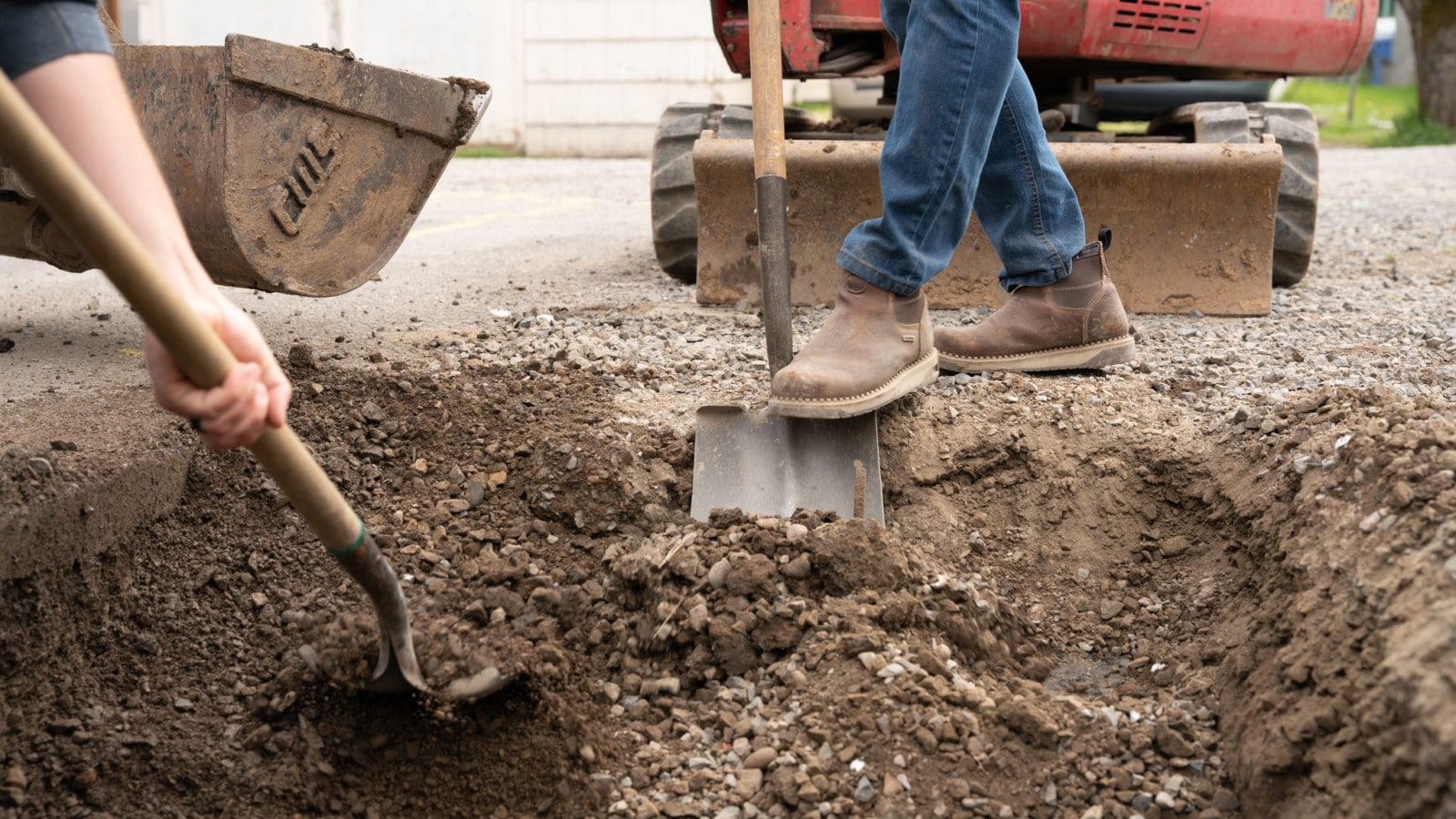
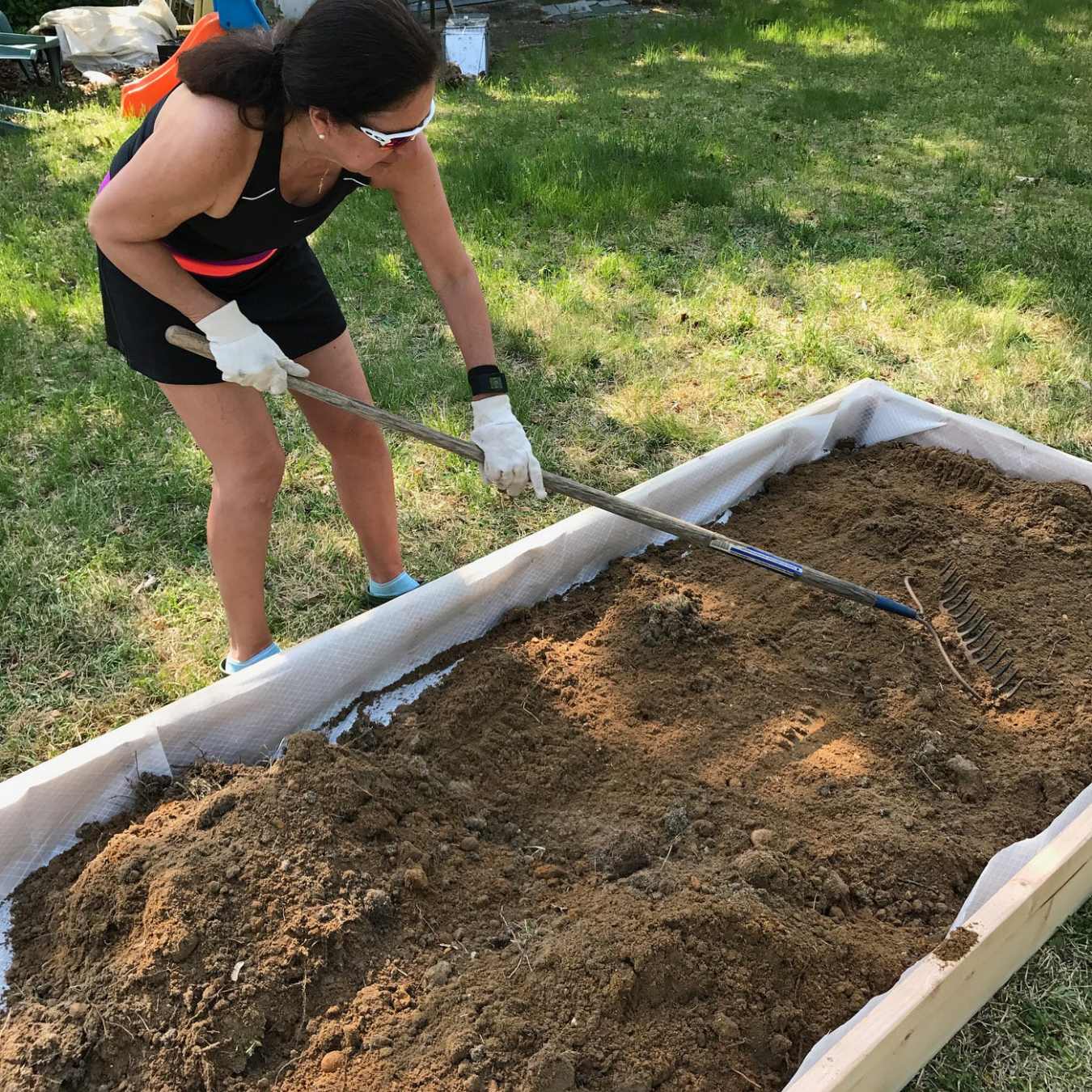
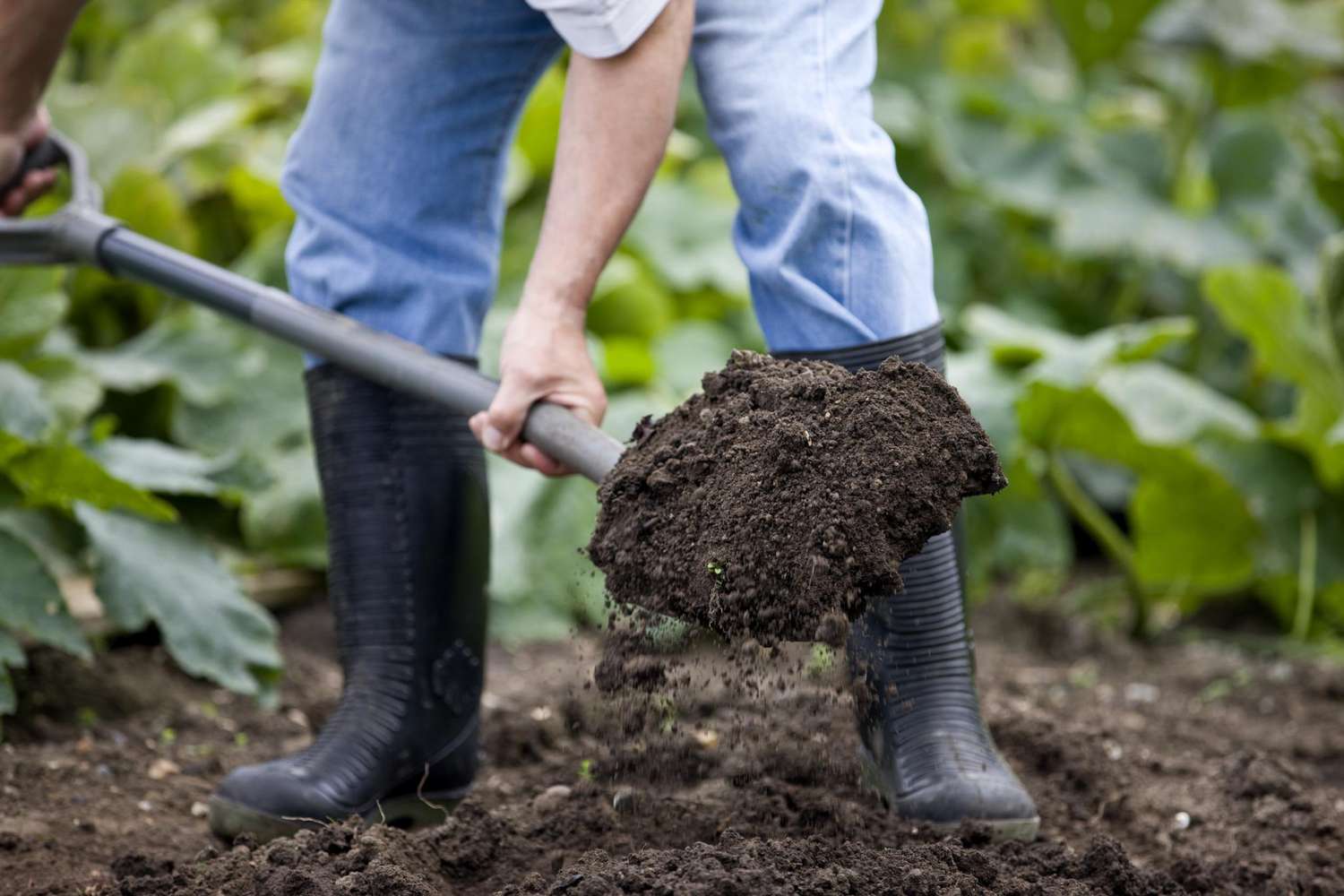
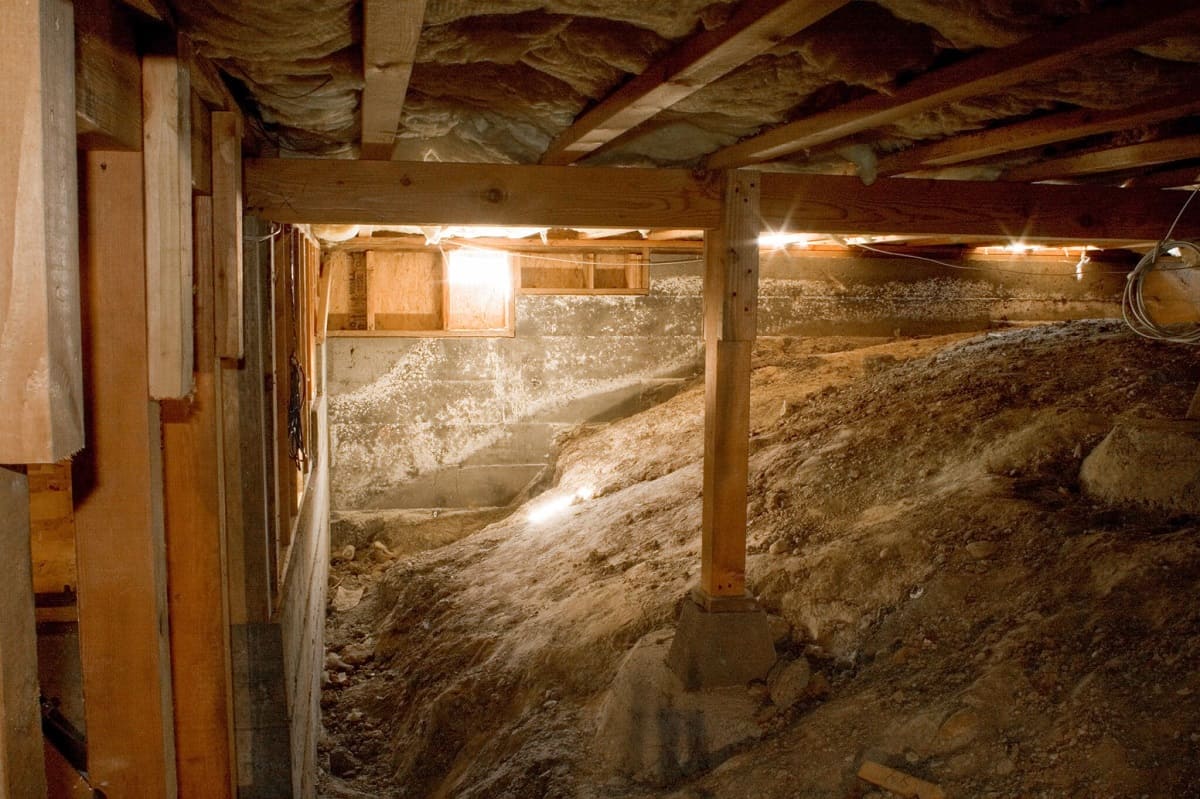
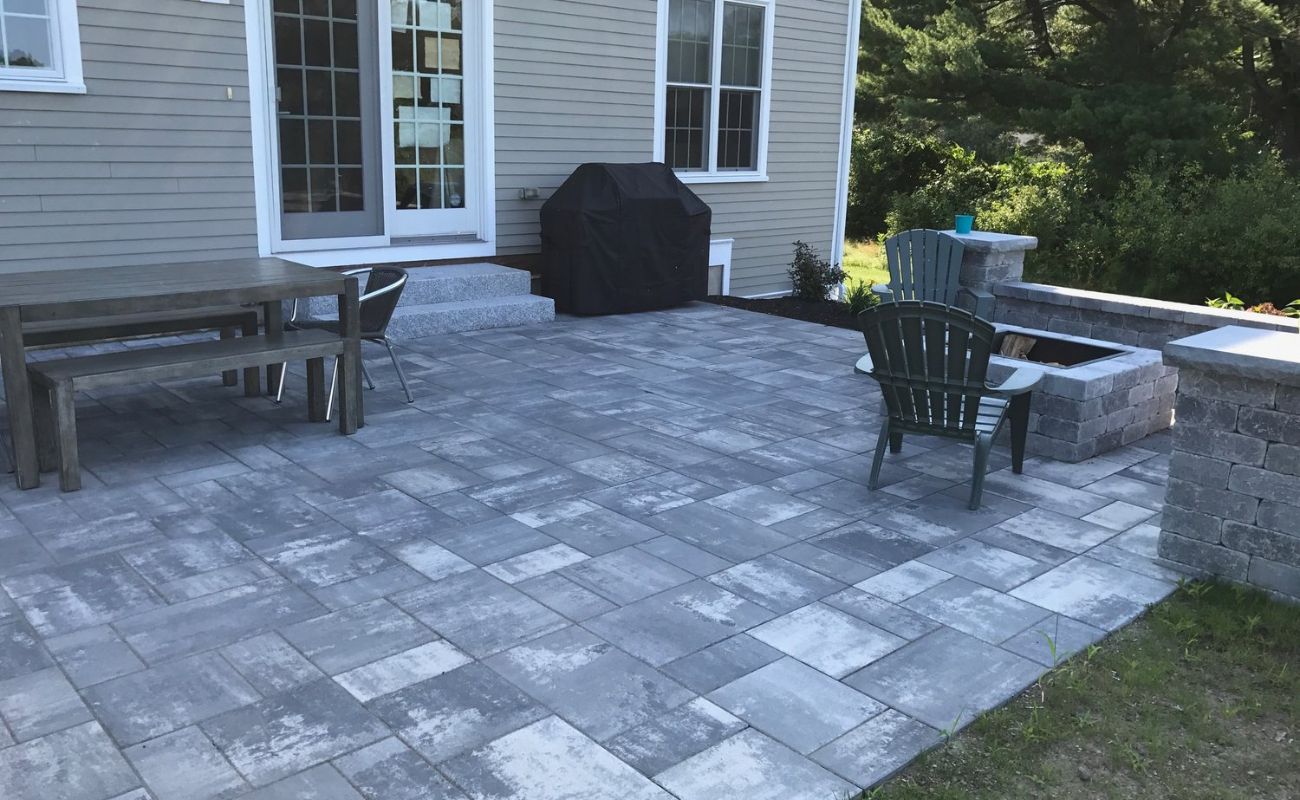

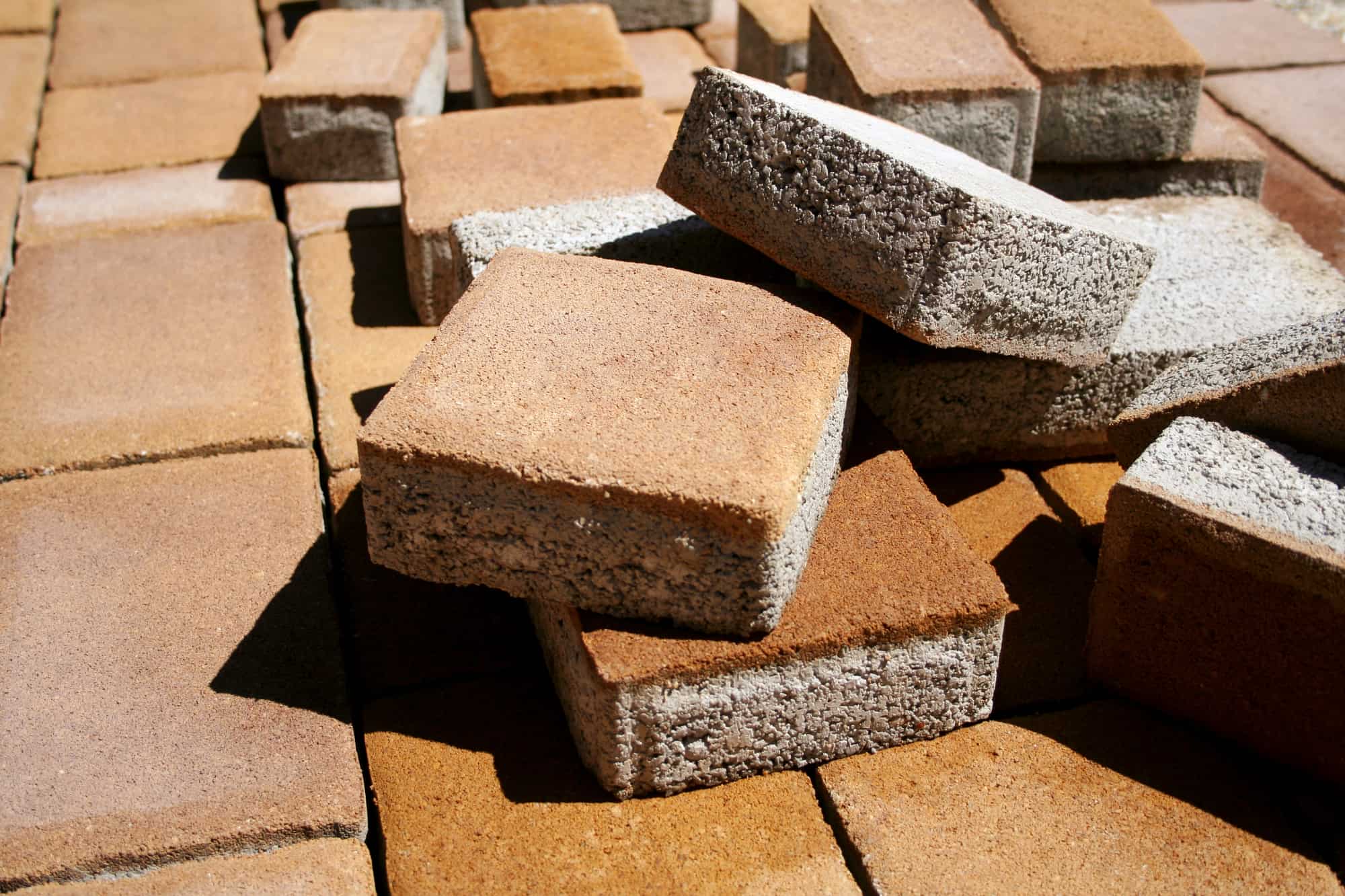
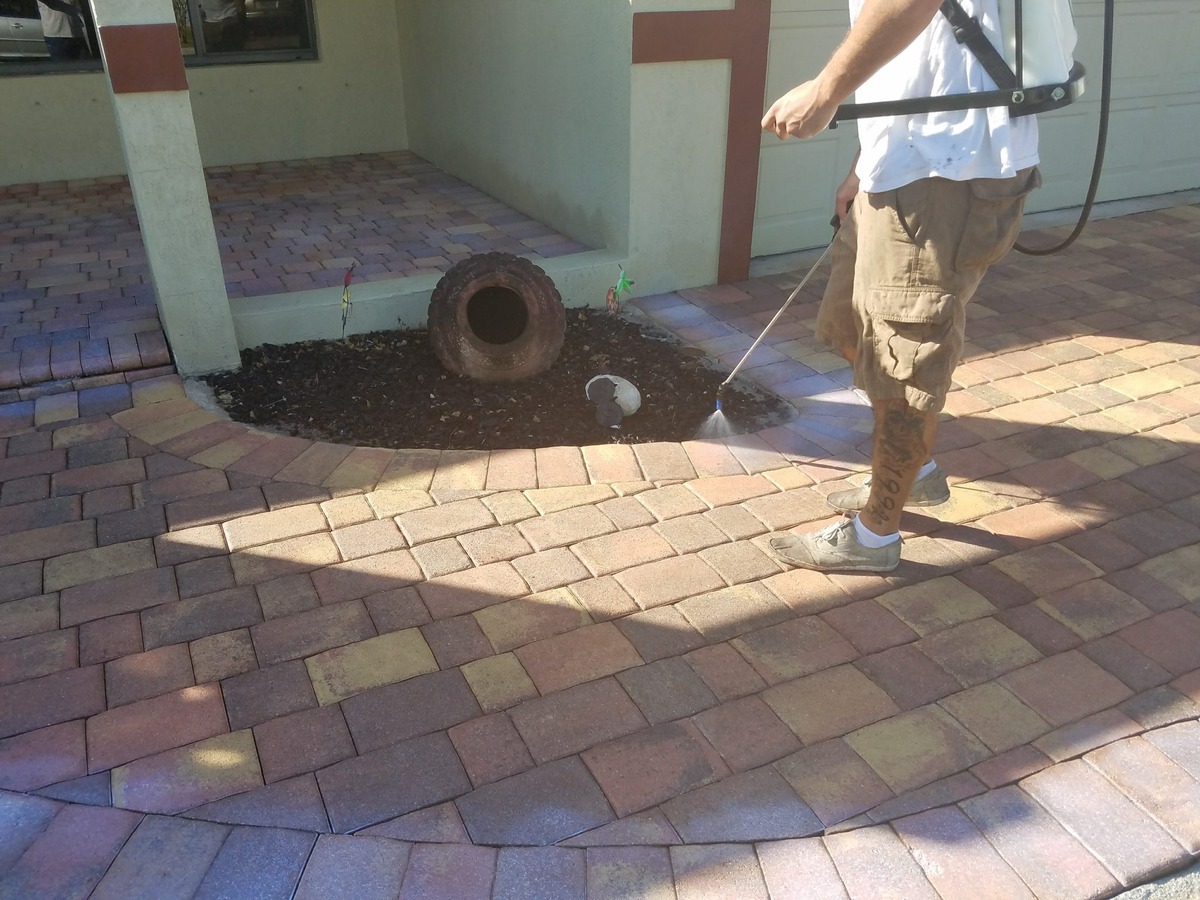
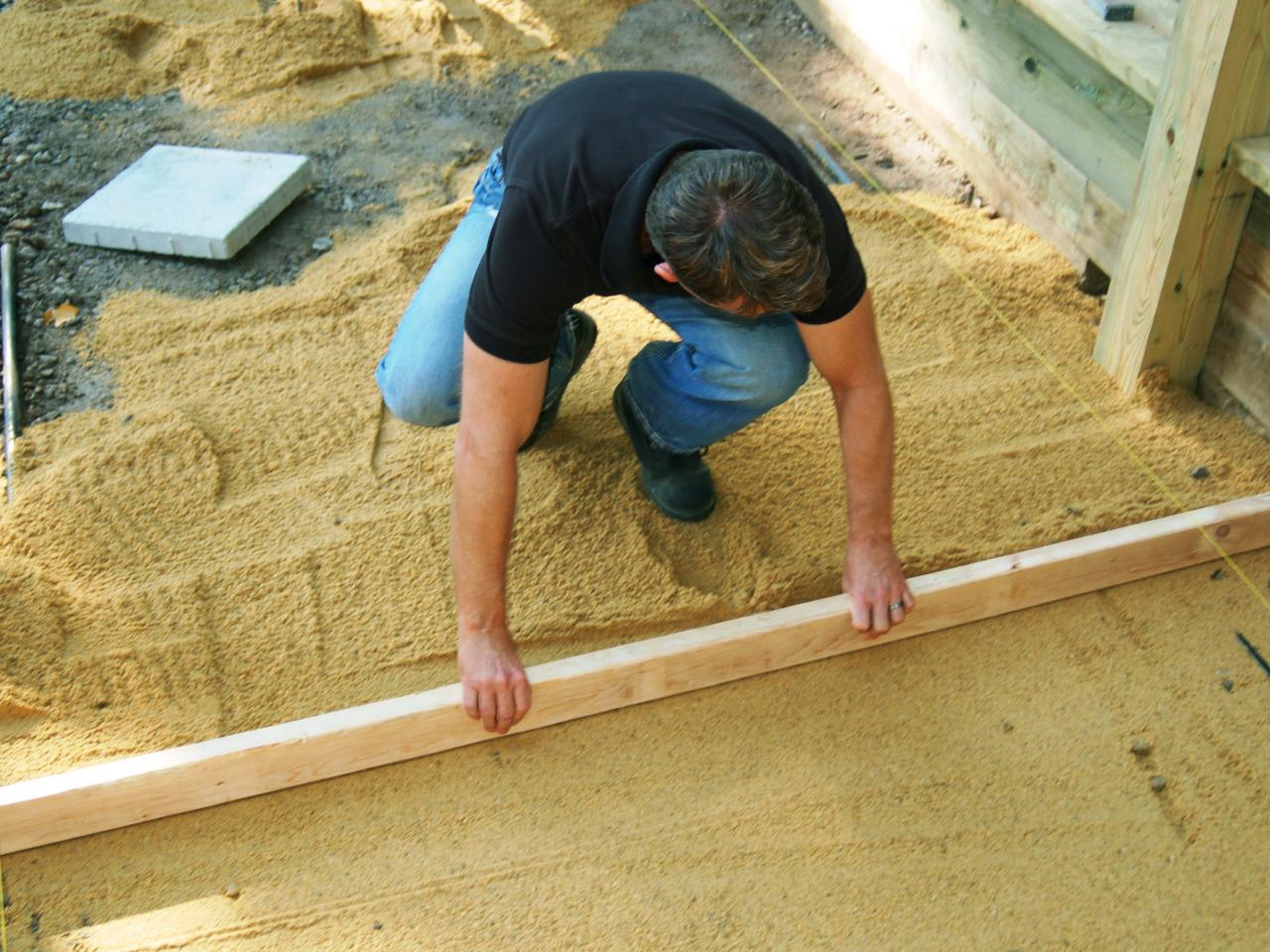
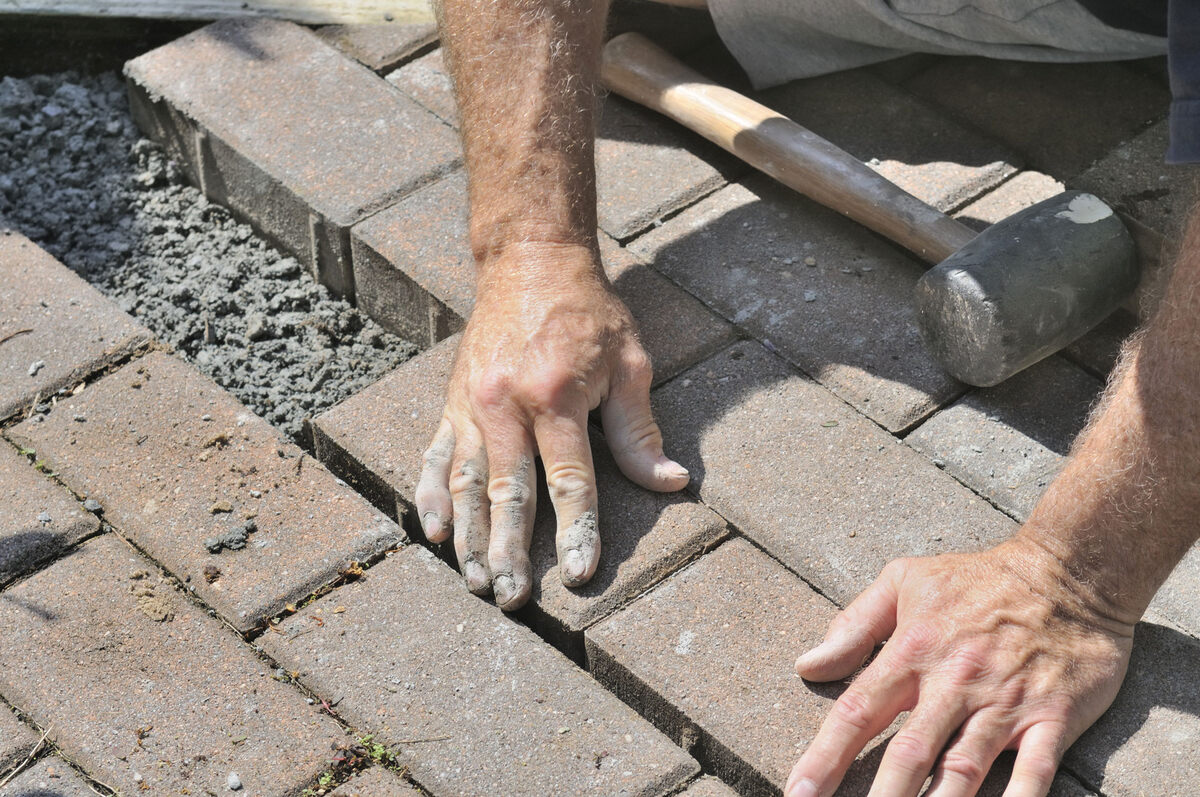
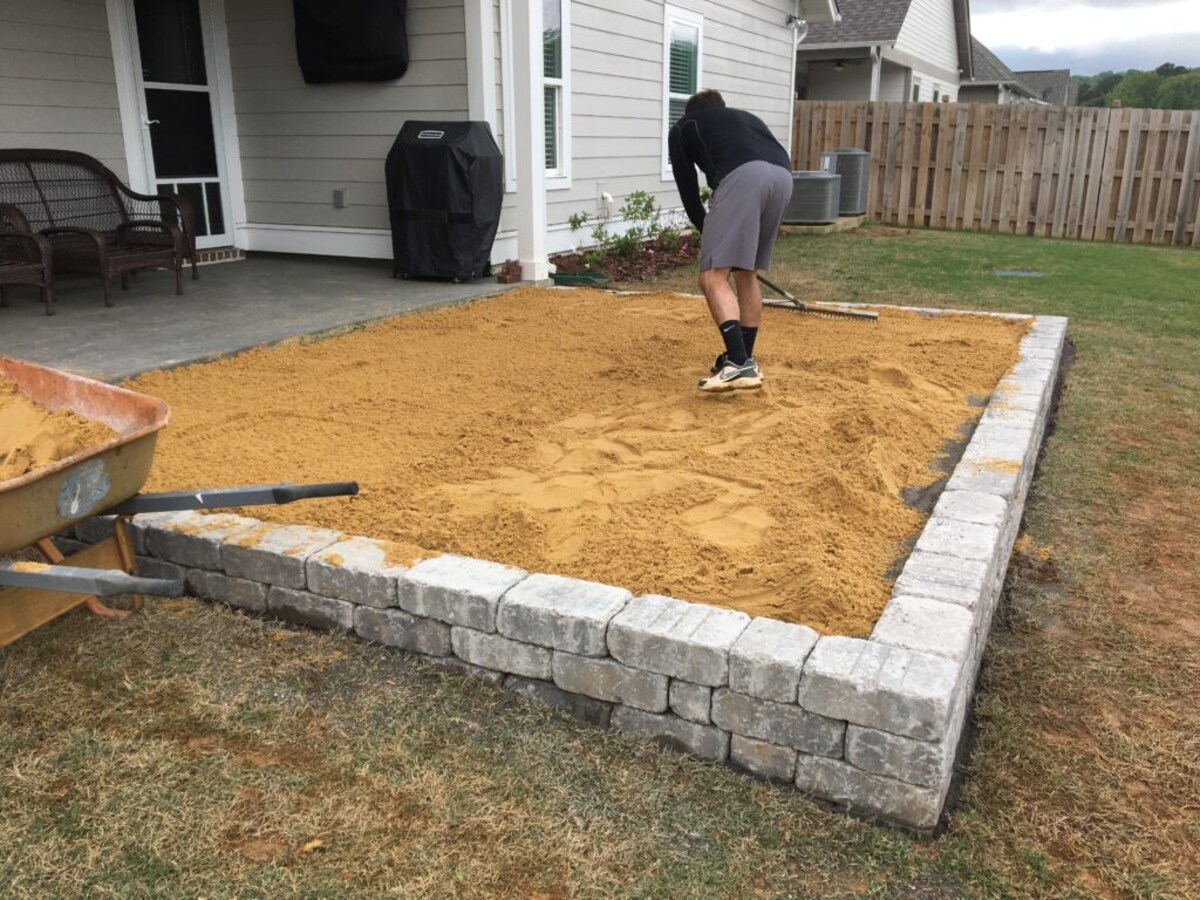
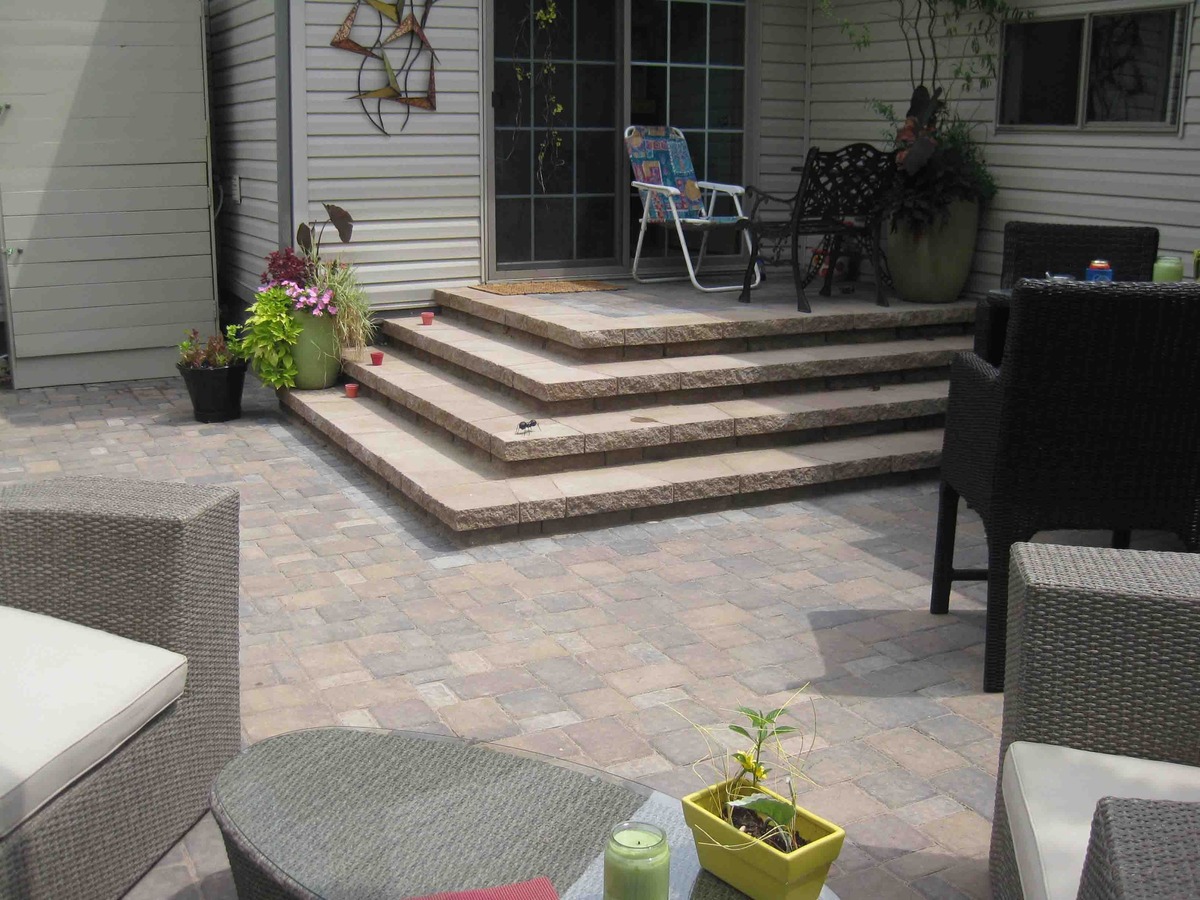
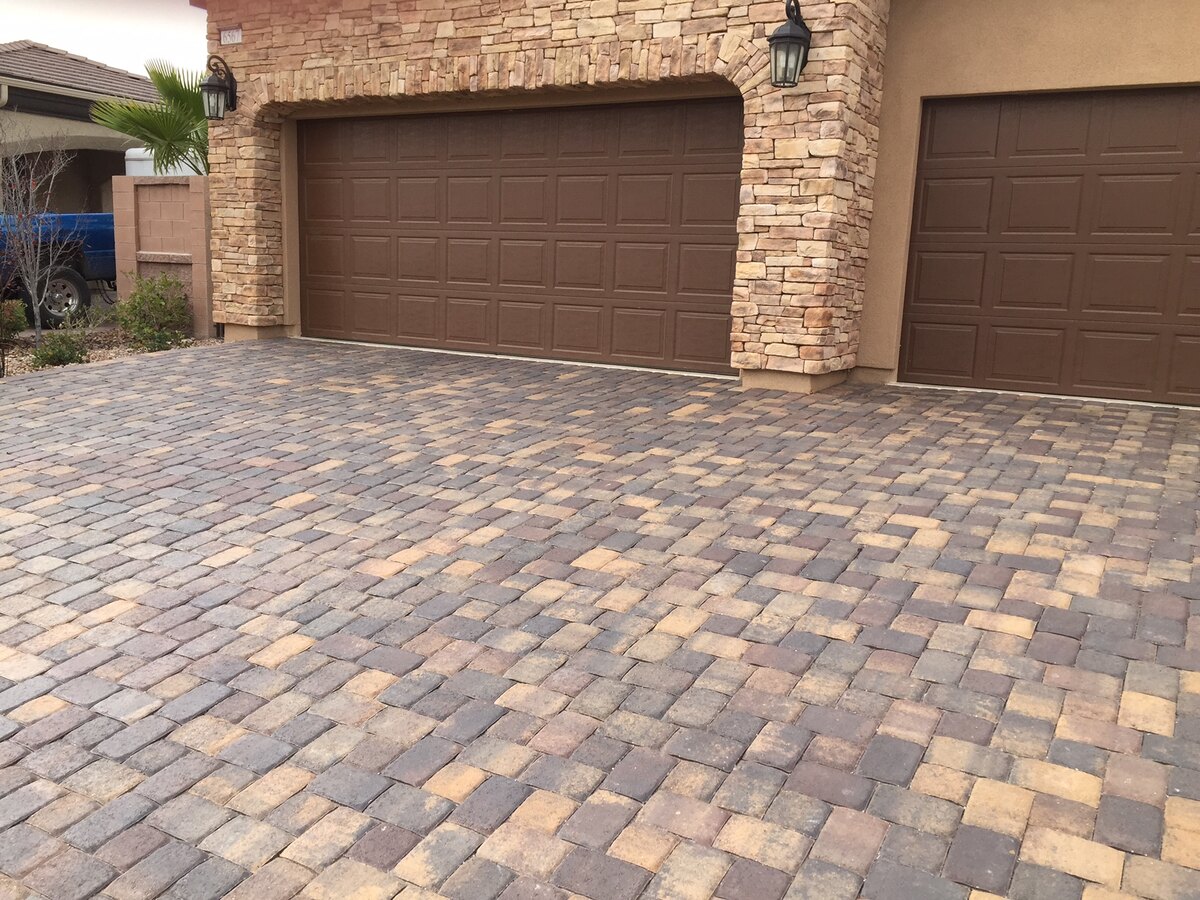
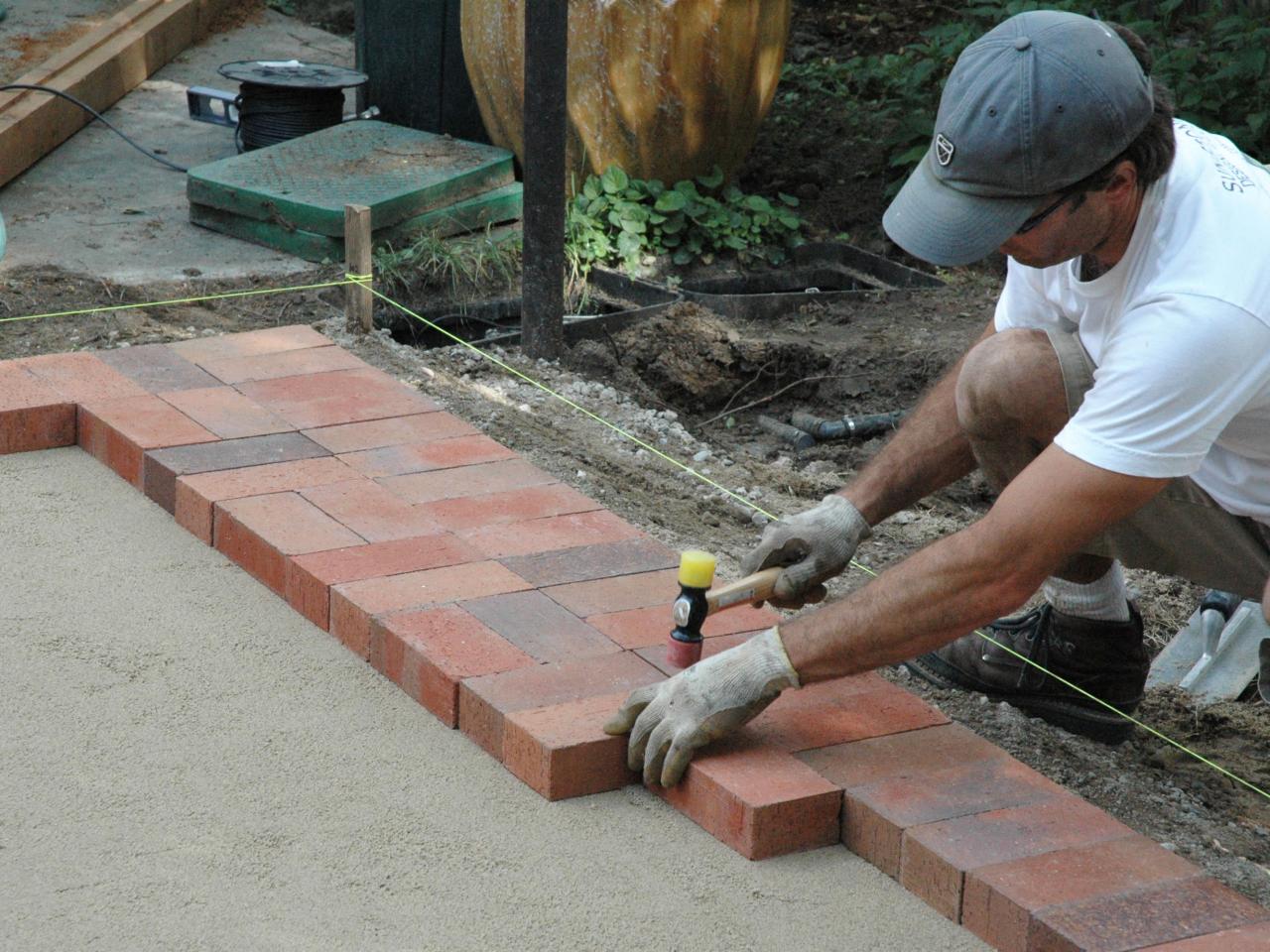

0 thoughts on “How Deep To Dig For Patio Pavers”